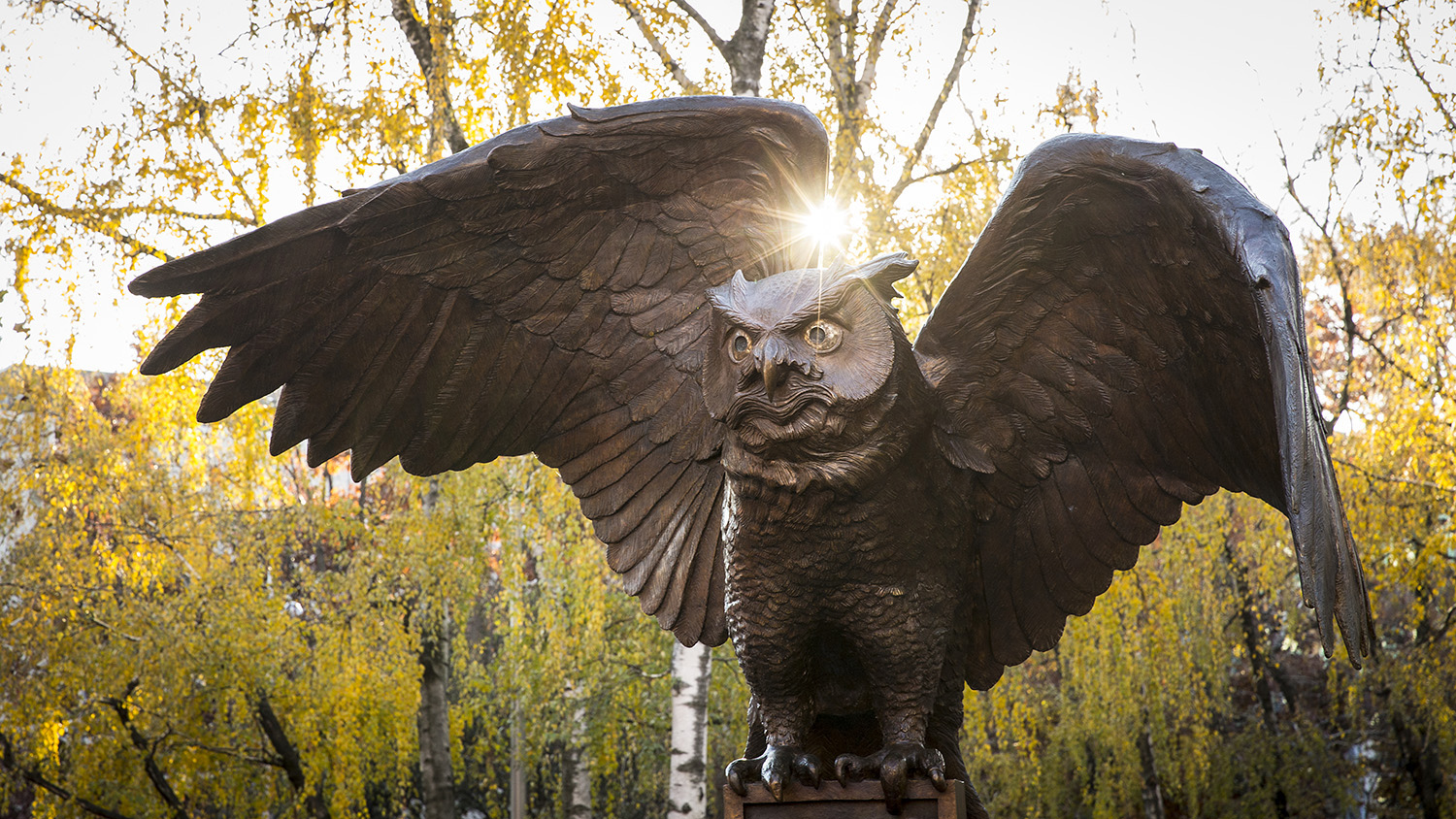For Assistant Professor Adrienne Shaw, Klein College students who want to uphold the LGBTQ perspective can borrow an idea or two from the punk scene of the 1970s and 1980s, the Golden Age of Comic Books of the 1940s and 1950s or the graphic novels and ubiquitous newsy websites of the present day.
Or they can take what student Emily Van Sant, CLA ‘19, called her “almost like a scrapbook” approach and put pen to paper, paste in some photos and photocopy. Anything goes when publishing a zine.
Shaw’s course—Lesbian, Gay, Bisexual and Transgender Representation in Popular Media—gets students to self-publish their viewpoints as zines. Don’t know what a zine is? Temple University’s Paley Library describes it here as a “noncommercial, often homemade, mini magazine.” In April, for the final class, the students held a “Zine Fest” to share and compare their print and digital zines.
Cross-listed with the LGBT studies minor, the course is an elective for students majoring in Media Studies and Production at Temple’s Klein College of Media and Communication.
The course includes theory on how gender and sexuality are socially constructed, and the history of media representation of the LGBT and queer (Q) community in Philadelphia and elsewhere, Shaw said in a recent interview from her office in Annenberg Hall.
“People are there to learn about LGBTQ history and representation,” she said.
Shaw noted that a few students in the class identified as queer but did not understand a lot about queer culture, so the class gave them an opportunity to think more deeply about what it means to be queer in 2018.
Students researched the archives of the William Way LGBT Community Center in Philadelphia and the collection of LGBTQ-oriented zines kept at Paley. They analyzed the publications and their varied formats, quickly learning, she said, that “there’s no one way to make a zine.”
“We do television, we do video games, we do film, we do advertising and news and online content and talk about the unique considerations of [LGBTQ] representation in each one of those, and so their zine is to synthesize all of that stuff we did and demonstrate that they understood the core concepts of the course but representing it in a way that feels very personal to them,” Shaw said.
Van Sant’s mostly handwritten zine —titled “What is This?”—targets the readers she said live in her former hometown of Lewistown, in Central Pennsylvania. Many, she said, are “not into the LGBT scene” and are unaware of what it means for someone to be LGBT or queer.
“I kept things simple enough to that a person can pick it up and they would learn terms that they wouldn’t otherwise know,” she said.
Van Sant said her zine was handwritten and organized like a dictionary with answers to questions about what it means to be “queer,” what is media representation and what is a zine.
“It’s important to see a different side that’s not well represented,” said Van Sant, a gender, sexuality and women’s studies major.
Shaw said, “One of the hardest things for students to get into is that they literally can do whatever they want. And I think that’s really intimidating for some people. When you don’t give people limits it makes it really hard to think of all the possible options—especially for students from the Media Studies and Production program, too—the idea that it doesn’t have to be perfect and it’s kind of fine if it’s not.”
Shaw describes herself as “not particularly a zine maker but a zine consumer.” She also maintains the LGBT game archive, a publicly available database about all LGBTQ representation in digital games dating to the 1980s.
“It’s better than another paper, another PowerPoint, another presentation,” Van Sant said. “It’s cool to have a class on the media you consume.”

